Are you trying to update your Windows 11 OS and are receiving a 0x800f0905 error? Do not sweat and do not worry we have a couple of solutions that you can try in order to fix this issue. How this error is tied to various things like misconfigured settings, corrupt system files, and more there is no way to present one simple solution that will solve everything in one click.
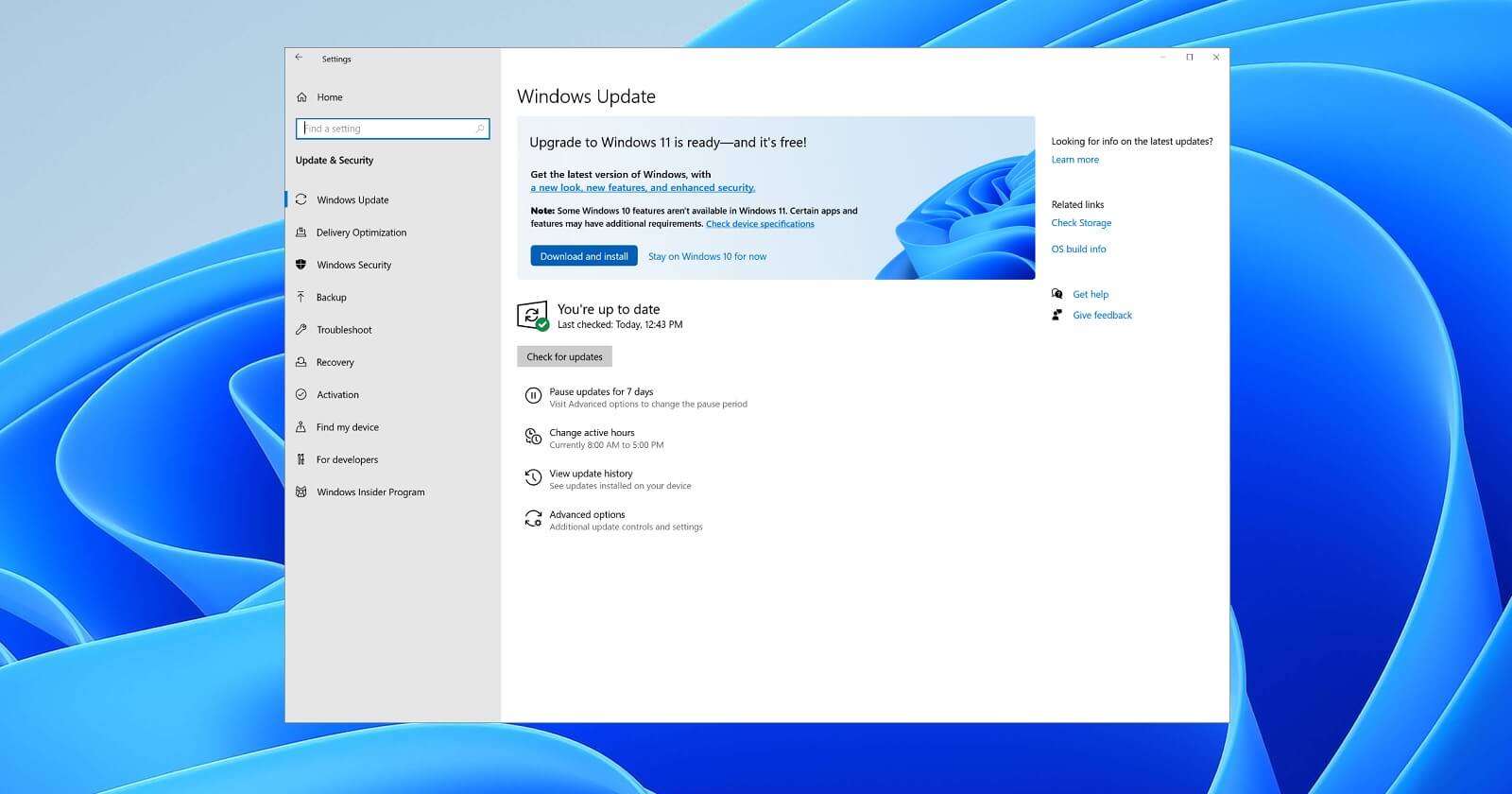 Therefore we are presenting a couple of solutions that will fix your issue, it is advisable to follow them as presented since they will go from the most common to the more complex one.
Therefore we are presenting a couple of solutions that will fix your issue, it is advisable to follow them as presented since they will go from the most common to the more complex one.
Run the troubleshooter
The most common fix and one that will actually repair things most of the time is simply running the Windows Update troubleshooter.
- Press ⊞ WINDOWS + I to open the Settings app
- Click on System on the left
- Click on Troubleshoot in the right part
- Click on Other Troubleshooters
- Find the Windows Update section and click on Run
- Let troubleshooter finish
Reset Windows update components
If the previous solution did not work we will need to do things manually. Follow the steps as presented in order to reset Windows update components.
- Press ⊞ WINDOWS + S to open search
- Type in Terminal
- Select Run as administrator
- Click on Yes on the User account control (UAC) pop up
- Press CTRL + SHIFT + 2 to open Command prompt
- Inside command prompt type each line of a command followed by ENTER after each line:
net stop bits
net stop wuauserv
Del “%ALLUSERSPROFILE%Application DataMicrosoftNetworkDownloaderqmgr*.dat”
Ren %Systemroot%\SoftwareDistribution\DataStore DataStore.bak
Ren %Systemroot%\SoftwareDistribution\Download Download.bak
Ren %Systemroot%\System32\catroot2 catroot2.bak
exe sdset bits D:(A;;CCLCSWRPWPDTLOCRRC;;;SY)(A;;CCDCLCSWRPWPDTLOCRSDRCWDWO;;;BA)(A;;CCLCSWLOCRRC;;;AU)(A;;CCLCSWRPWPDTLOCRRC;;;PU)
sc.exe sdset wuauserv D:(A;;CCLCSWRPWPDTLOCRRC;;;SY)(A;;CCDCLCSWRPWPDTLOCRSDRCWDWO;;;BA)(A;;CCLCSWLOCRRC;;;AU)(A;;CCLCSWRPWPDTLOCRRC;;;PU)
cd /d %windir%\system32
regsvr32.exe atl.dll
regsvr32.exe urlmon.dll
regsvr32.exe mshtml.dll
regsvr32.exe shdocvw.dll
regsvr32.exe browseui.dll
regsvr32.exe jscript.dll
regsvr32.exe vbscript.dll
regsvr32.exe scrrun.dll
regsvr32.exe msxml.dll
regsvr32.exe msxml3.dll
regsvr32.exe msxml6.dll
regsvr32.exe actxprxy.dll
regsvr32.exe softpub.dll
regsvr32.exe wintrust.dll
regsvr32.exe dssenh.dll
regsvr32.exe rsaenh.dll
regsvr32.exe gpkcsp.dll
regsvr32.exe sccbase.dll
regsvr32.exe slbcsp.dll
regsvr32.exe cryptdlg.dll
regsvr32.exe oleaut32.dll
regsvr32.exe ole32.dll
regsvr32.exe shell32.dll
regsvr32.exe initpki.dll
regsvr32.exe wuapi.dll
regsvr32.exe wuaueng.dll
regsvr32.exe wuaueng1.dll
regsvr32.exe wucltui.dll
regsvr32.exe wups.dll
regsvr32.exe wups2.dll
regsvr32.exe wuweb.dll
regsvr32.exe qmgr.dll
regsvr32.exe qmgrprxy.dll
regsvr32.exe wucltux.dll
regsvr32.exe muweb.dll
regsvr32.exe wuwebv.dll
netsh winsock reset
net start bits
net start wuauserv
Well, that was a lot of typing or copy and pasting line by line followed by ENTER after each one but hopefully, your issue is solved. These provided solutions fixed most users' issues with this error but if for some reason this is not the case for you, move to the next step.
Run the SFC scan
If you are still having 0x800f0905 error after previous attempts do the following:
- Press ⊞ WINDOWS + S to open search
- Type in Terminal
- Select Run as administrator
- Click on Yes on the User account control (UAC) pop up
- Press CTRL + SHIFT + 2 to open Command prompt
- Type in sfc /scannow and press ENTER
- Wait for the scan to finish
- Reboot the computer
Perform a system restore
If for any reason previous solutions have not provided you with the solution we will try to fix the issue by performing system restore.
- Press ⊞ WINDOWS + S to open search
- In the text box type in Create a restore point
- Click on the closest match in search results, should be Create a restore point
- Click on System Restore or on Next if there are no points created
- Choose to restore a point from the list and click on next
- Review settings and click on Finish
- Wait for the process to finish and for the computer to restart
Manually install update
If for any reason Windows still cannot install the update, try installing it manually.
- Go to Windows 11 update history and find the Knowledge base (KB) number for the latest version
- Go to the official Microsoft Update Catalog
- Paste the KB number in the search box and press ENTER
- Click on DOWNLOAD
- Double click on the downloaded file to launch the installer
- Follow on-screen instructions and install the update
Perform Windows 11 reset
If nothing worked, reset your Windows 11 to its factory settings to fully repair and reset the whole operating system.


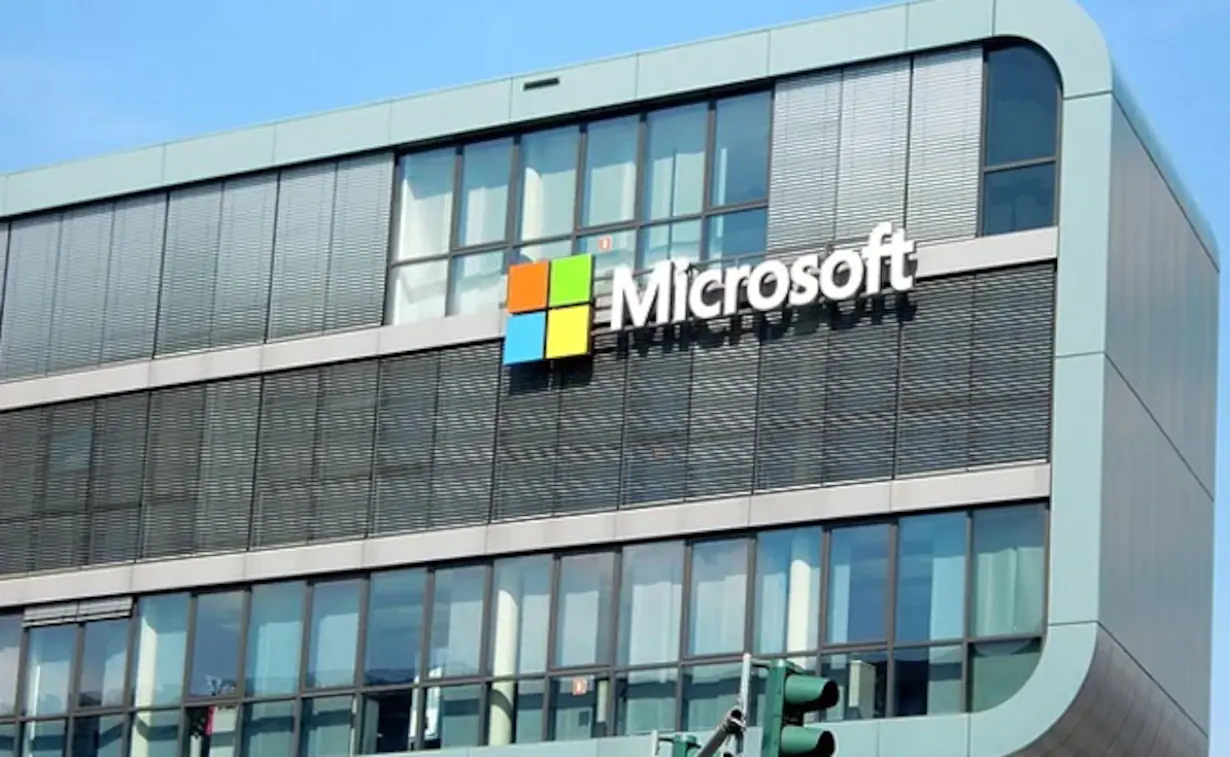
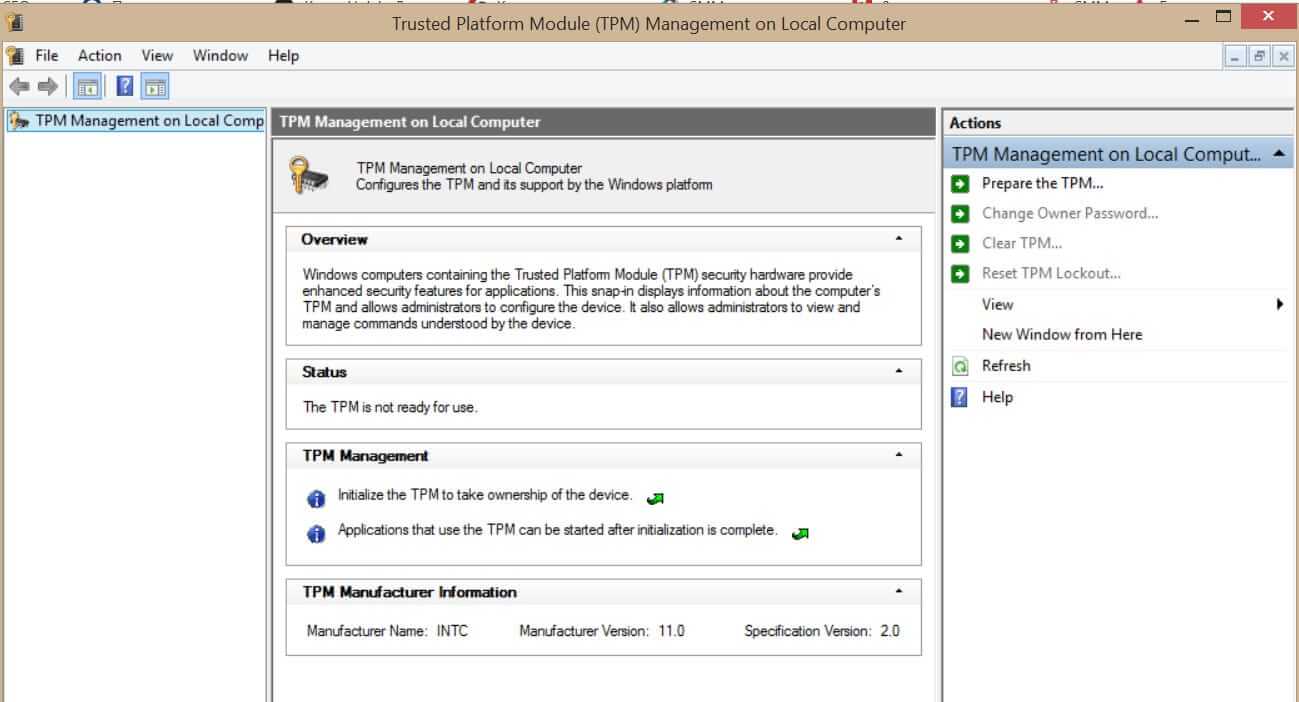 What exactly is TPM?
What exactly is TPM?
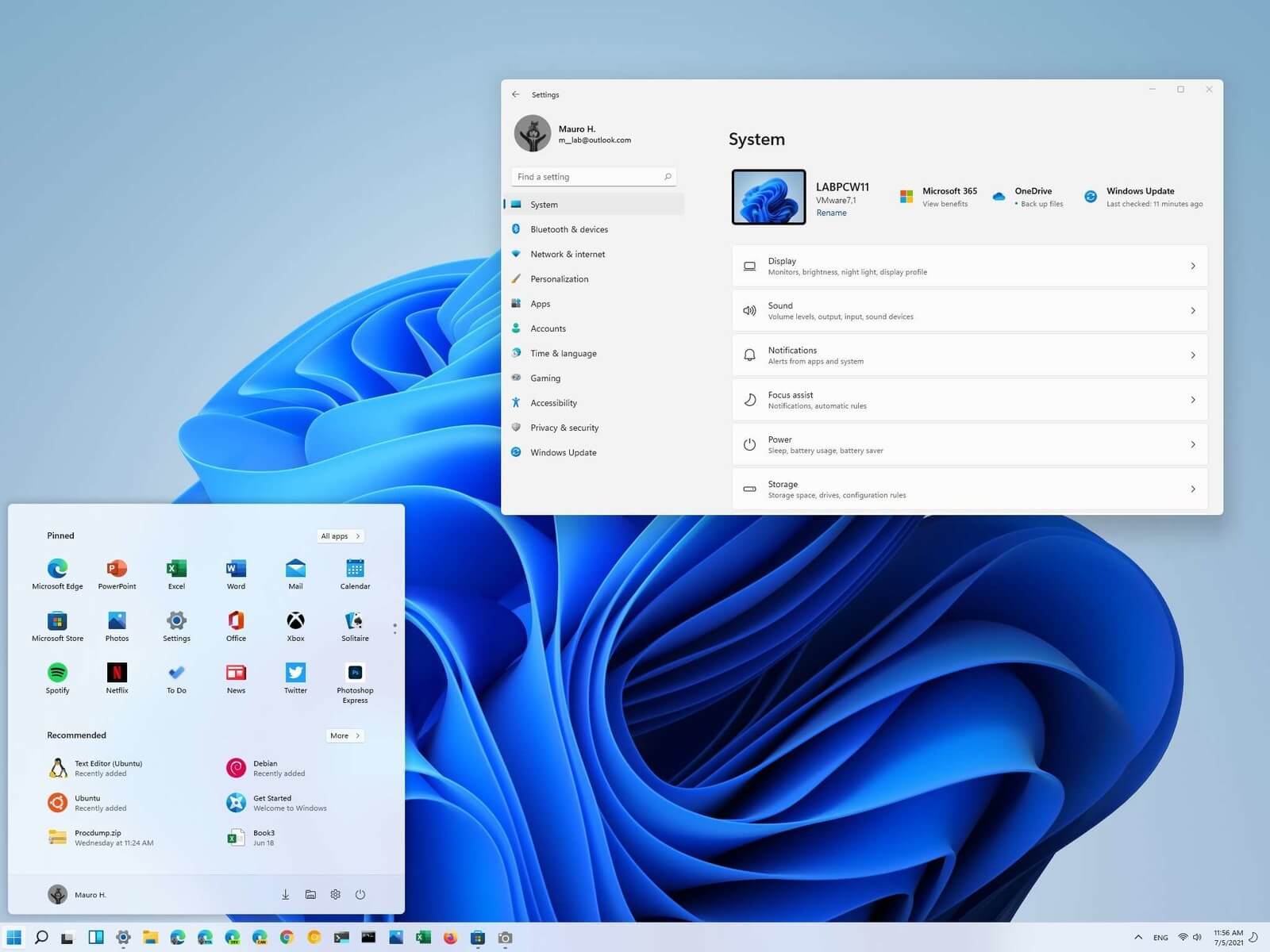 Most scrollbars are hidden by default if they are not used in Windows 11. If you are not ok with this feature and want scrollbars to be always visible and available do not worry, turning them ON is very easy.
Most scrollbars are hidden by default if they are not used in Windows 11. If you are not ok with this feature and want scrollbars to be always visible and available do not worry, turning them ON is very easy.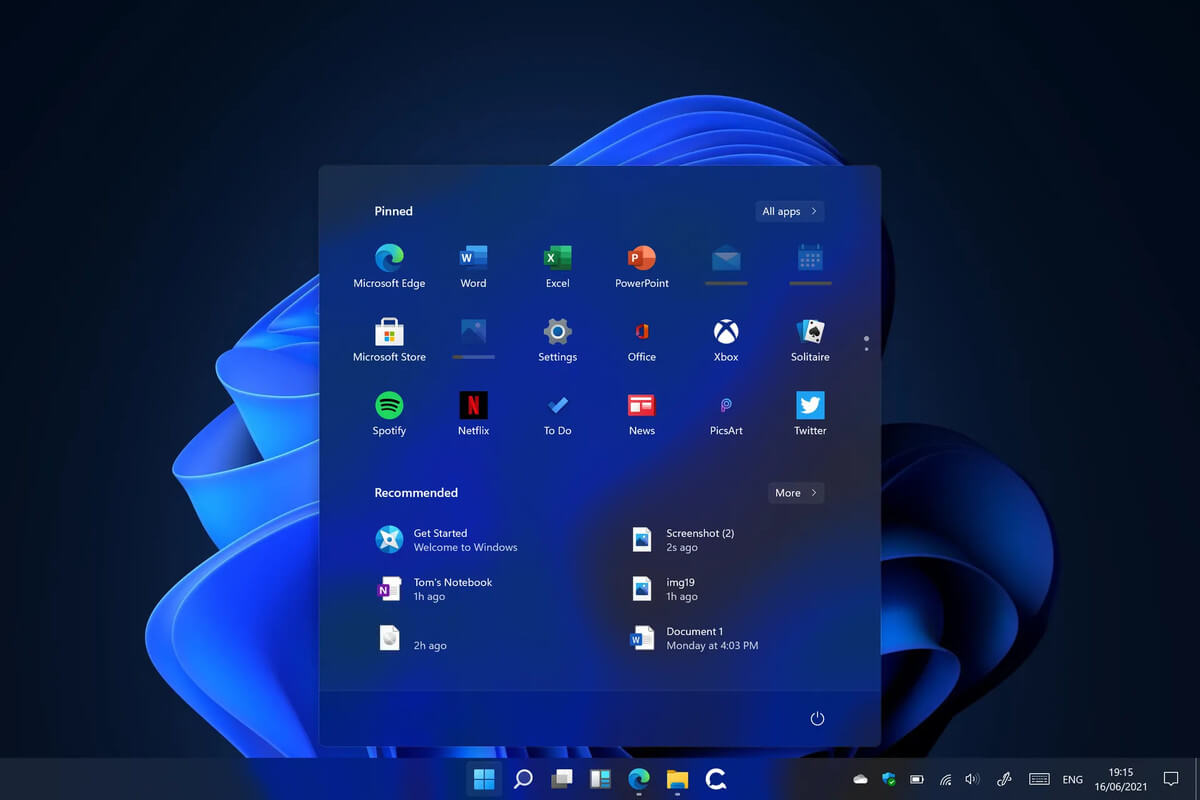 Microsoft’s initial Windows 11 hardware requirements were not really well received by users and they were not really clearly represented from the start making a lot of potential customers slowly drift away from the hype.
It seems that Microsoft has acknowledged this since they have changed their tune about system hardware requirements for the upcoming Windows 11.
It seems that Windows 11 will be able to be officially installed on unsupported computers but with a little inconvenience.
Microsoft’s initial Windows 11 hardware requirements were not really well received by users and they were not really clearly represented from the start making a lot of potential customers slowly drift away from the hype.
It seems that Microsoft has acknowledged this since they have changed their tune about system hardware requirements for the upcoming Windows 11.
It seems that Windows 11 will be able to be officially installed on unsupported computers but with a little inconvenience.
